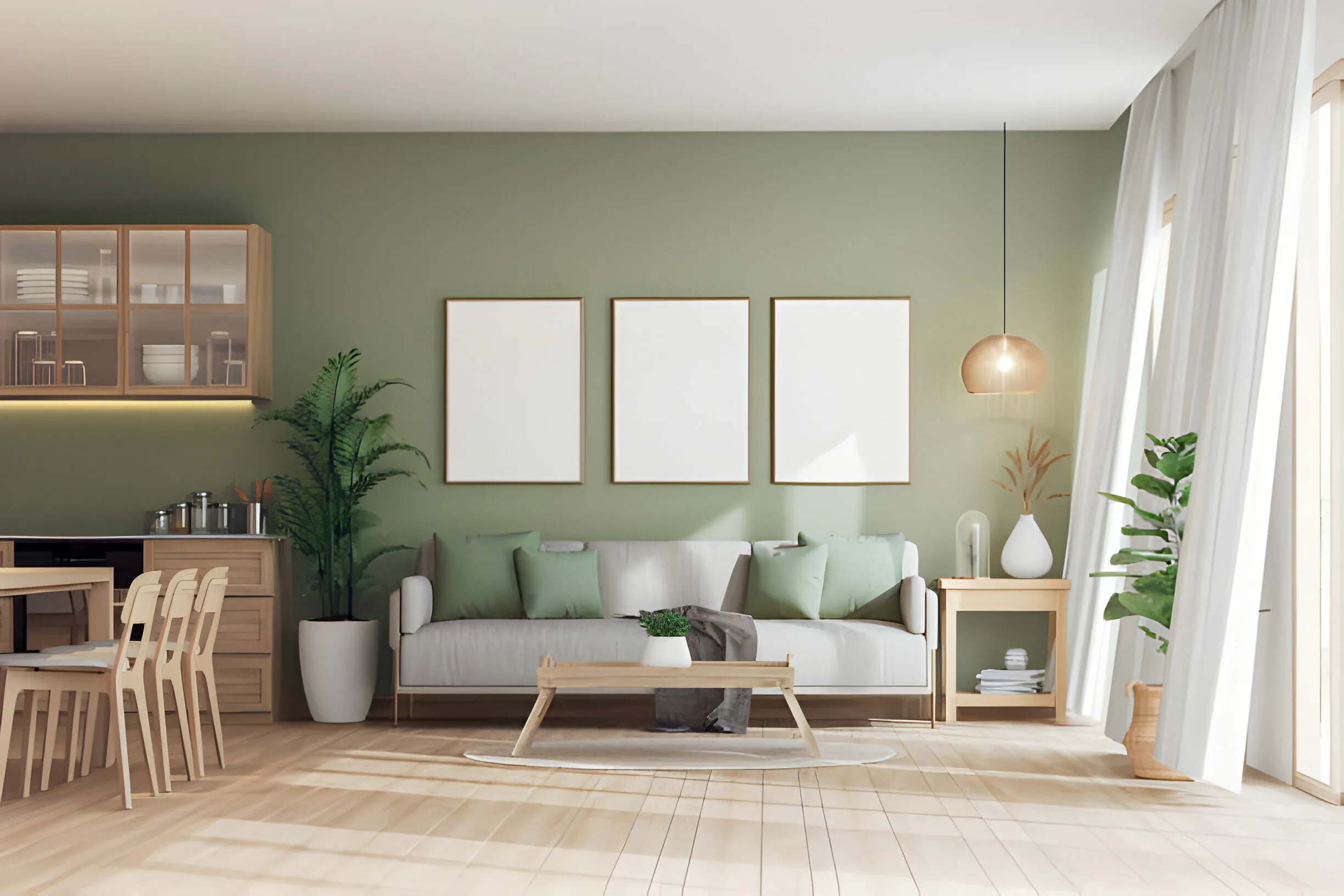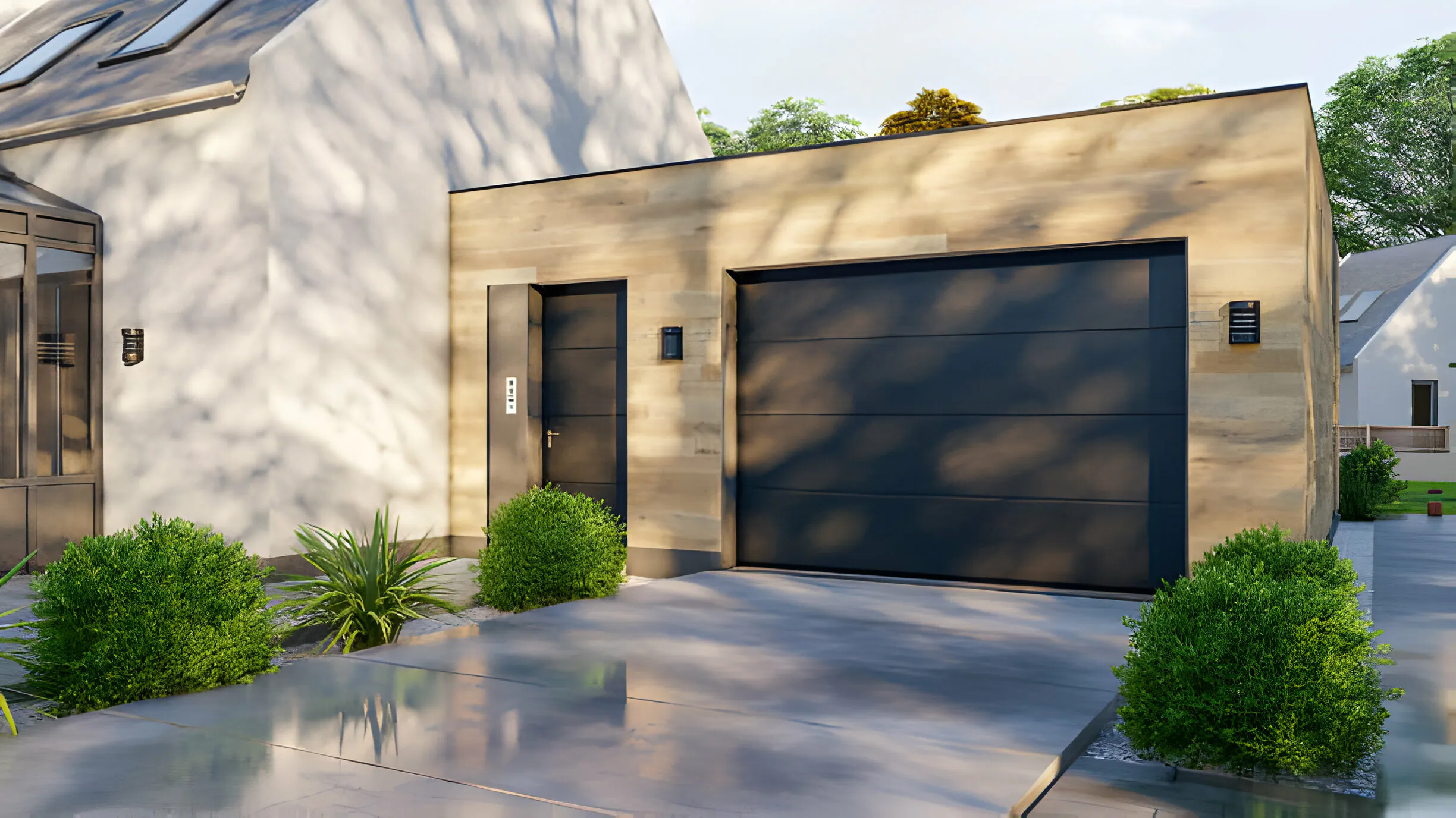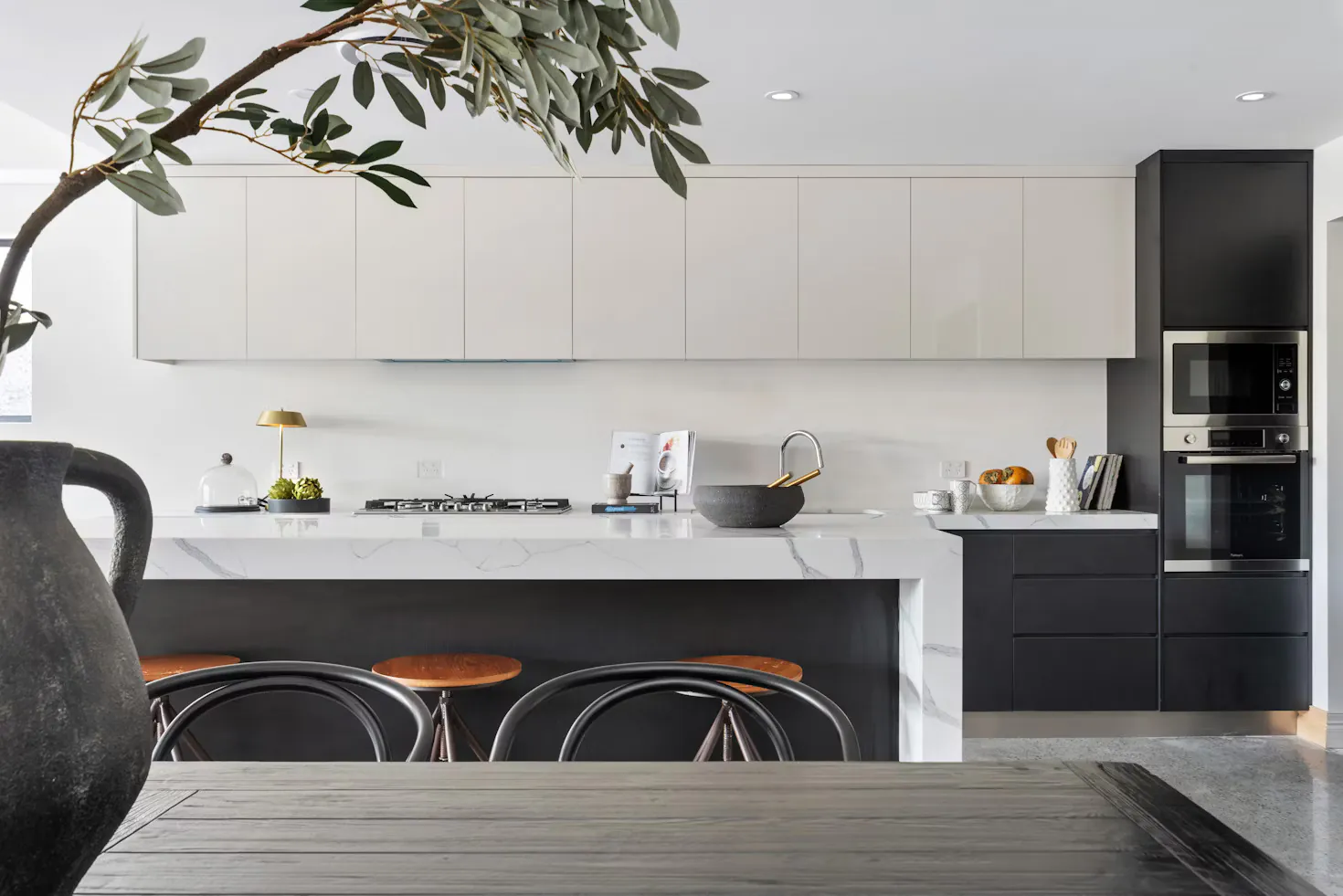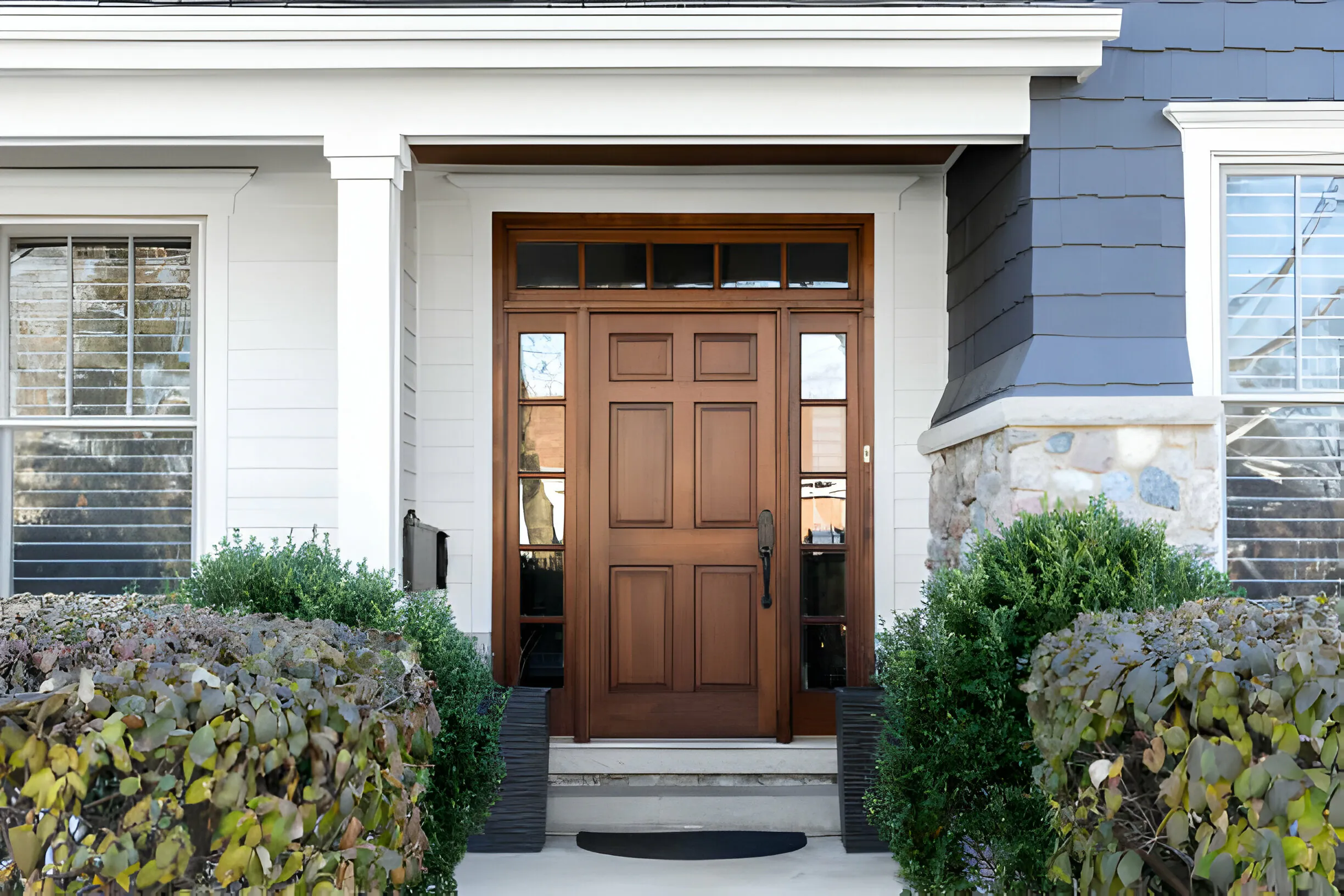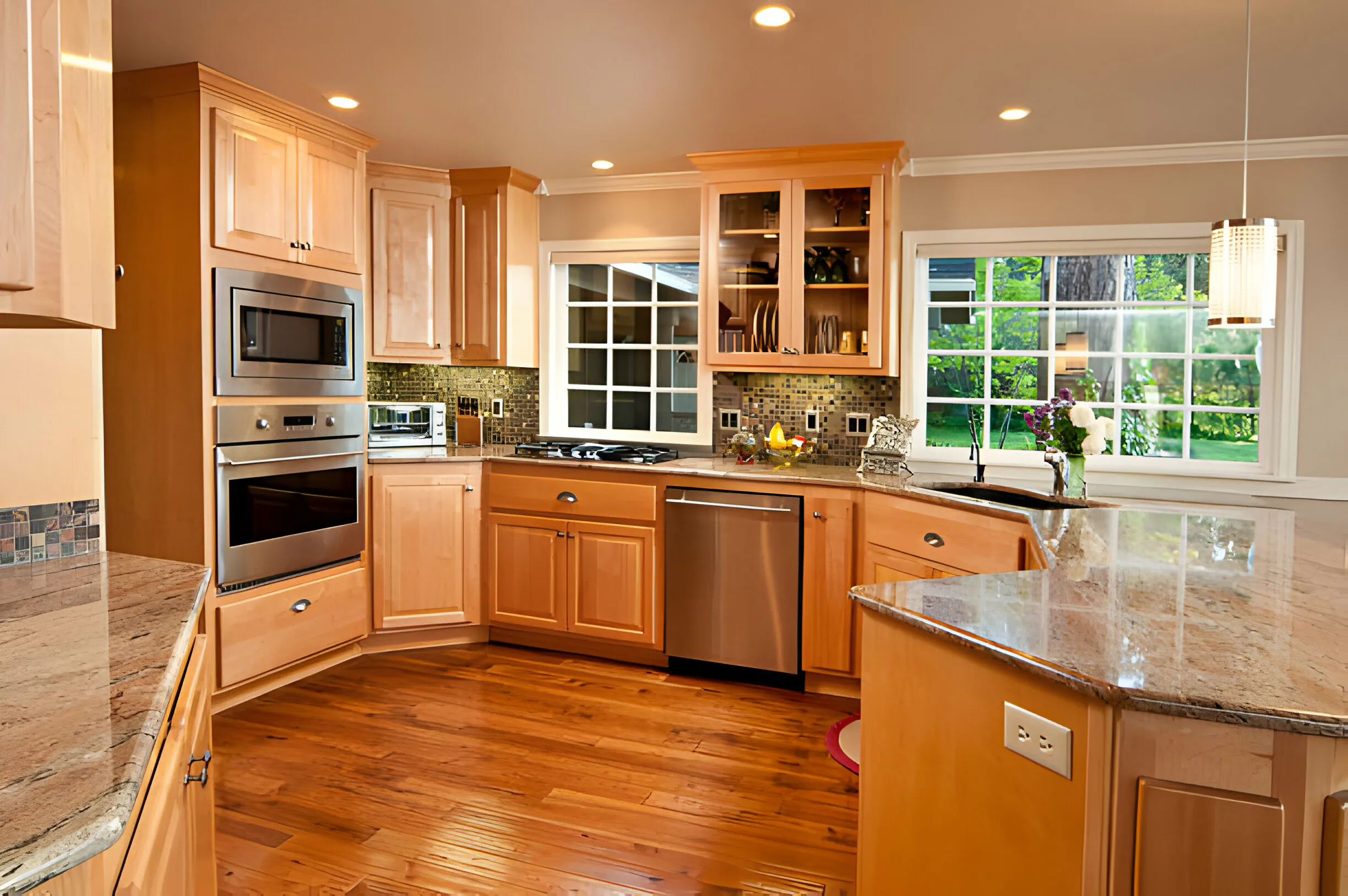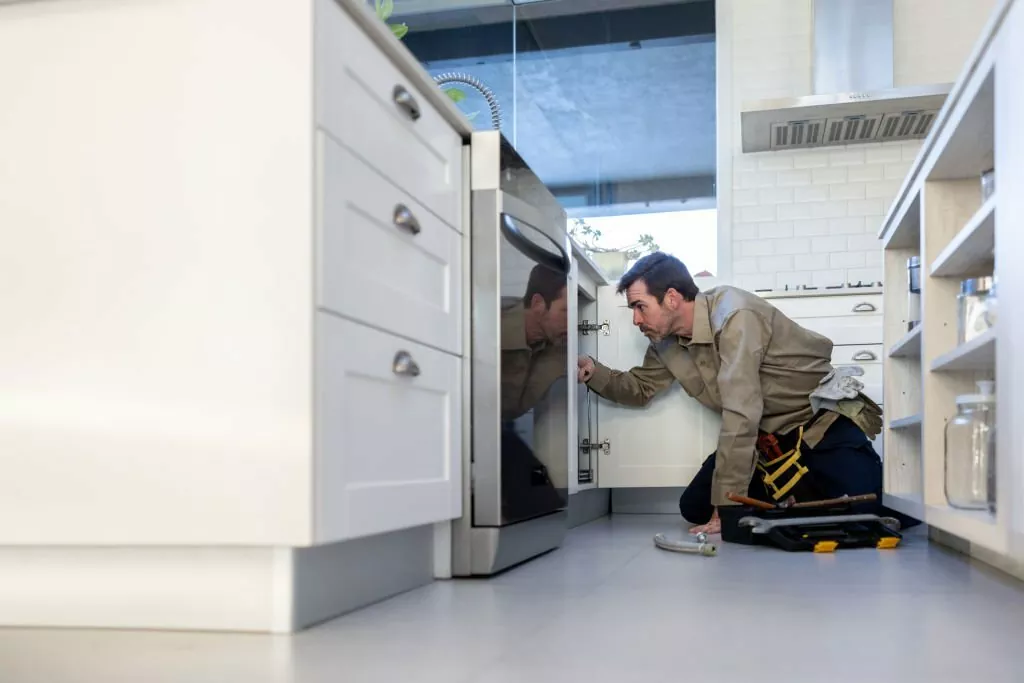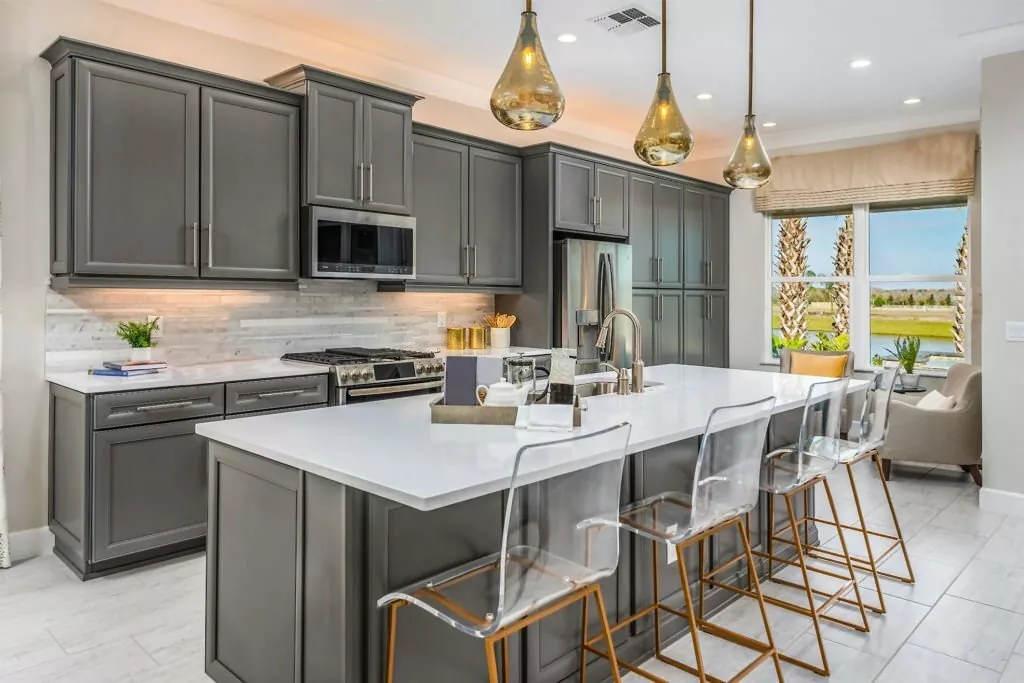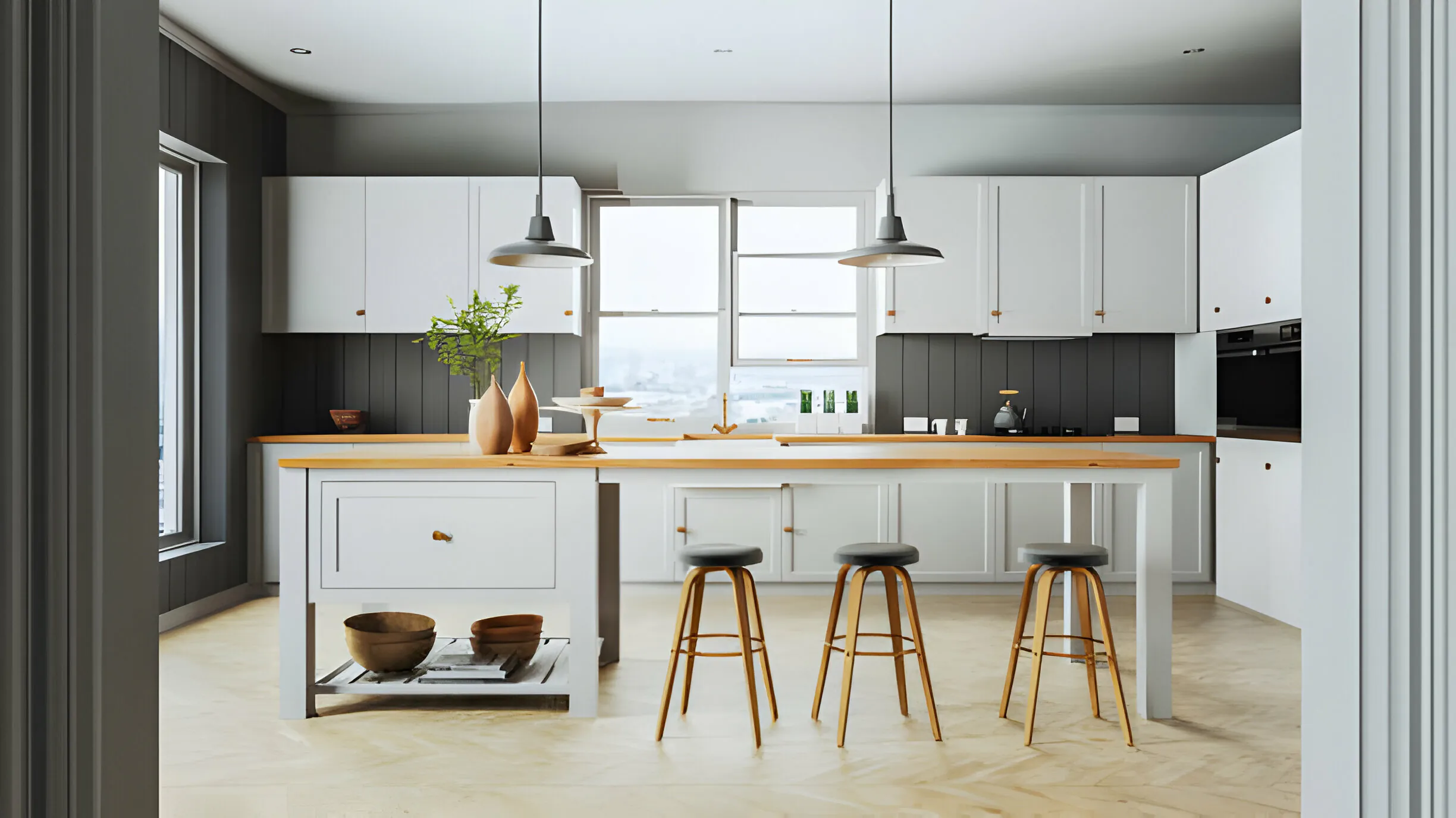
What Are Inset Kitchen Cabinets?
Remodelling a kitchen can be a daunting task, with a myriad of design choices to consider. These choices include the type of kitchen cabinets to install. Inset kitchen cabinets are a popular option. They offer a timeless and elegant look. In this article, we’ll dive into inset kitchen cabinets. We’ll explore what they are and their benefits and drawbacks. We’ll also cover why they’re a favored choice for many homeowners. What Are Inset Kitchen Cabinets? Inset kitchen cabinets have doors and drawers set flush with the cabinet frame. They don’t overlay it. This creates a sleek appearance. It has clean lines and few gaps between the doors and the frame.Also Read: How Much Weight Can Kitchen Cabinets Hold? Pros of Inset Kitchen Cabinets: Cons of Inset Kitchen Cabinets: Types of Inset Cabinet Doors: There are three standard styles of inset cabinet doors: Hinges and End Panels: There is a misconception that inset cabinets need exposed hinges. But, they can also use concealed hinges for a cleaner look. End panels for inset cabinets can have various styles. Furniture ends are the more upscale option.Also Read: Prevention and Repair Strategies for Enduring Cabinets Conclusion: Inset kitchen cabinets offer a timeless and elegant solution. They are for homeowners who want a sleek and sophisticated look for their kitchens. They come with a higher price and some drawbacks. But, their classic design and custom feel make them a popular choice. They are for those looking to elevate their kitchen space. You may be into modern minimalism or vintage charm. Inset cabinets can add character to your kitchen. They also add function and value to any home. Ready to elevate your kitchen with inset cabinets? Visit the Building Supply Depo today. You can see our range of top-quality inset kitchen cabinets. They will help you create a timeless, elegant space for your home! Frequently Asked Questions Are inset cabinets suitable for modern kitchens? Yes, inset cabinets have clean lines. They have a sleek look that fits modern kitchen designs well. Can I customize the hardware for inset cabinets? Absolutely! You can choose from a variety of door pulls or knobs to match your personal style and preferences. Are inset cabinets more prone to moisture damage? They may swell in humid places. But, proper care can prevent problems. Can I install inset cabinets myself? You can install it yourself. But, it’s better to hire a pro for precise fitting and alignment. Do inset cabinets require special cleaning? Not necessarily! You should clean them regularly. Use a mild detergent and soft cloth. That should suffice to maintain their appearance. Are inset cabinets more durable than overlay cabinets? Both types of cabinets are durable. Inset cabinets may have a slight edge because of their flush design. Can inset cabinets accommodate larger items? Yes, inset cabinets provide lots of space for storing large items like plates and bowls. They maximize storage capacity.

